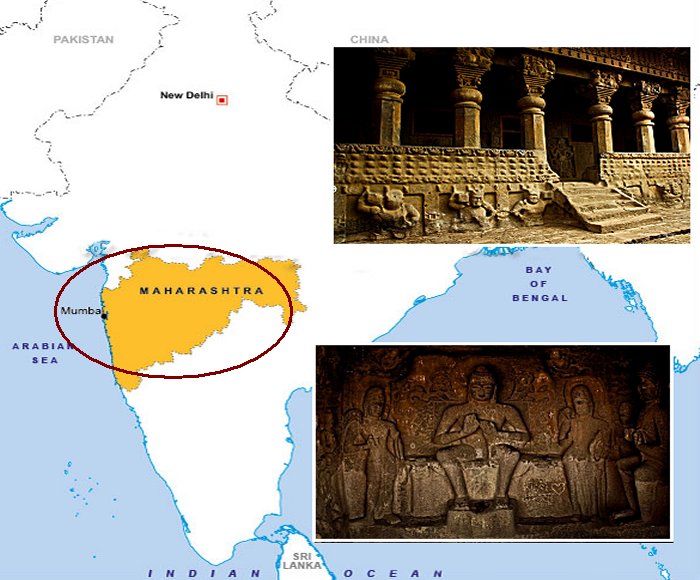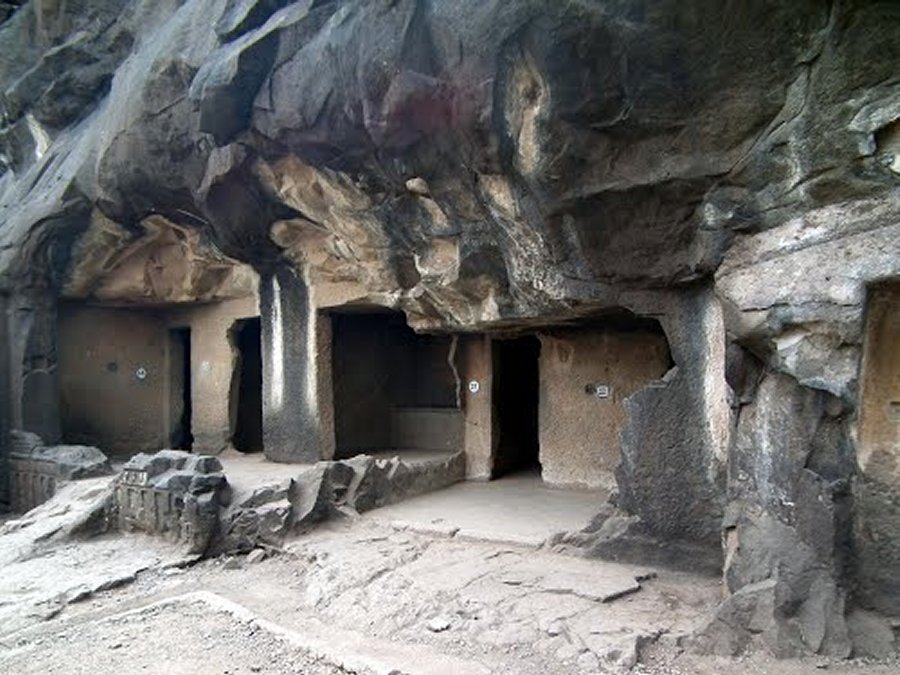Pandavleni Caves: Skillfully Carved Rocky Realms Decorated With Sculptures And Inscriptions In Brahmi Script
A.Sutherland - AncientPages.com - Pandavleni Caves are considered to be a part of Hinayana (in Sanskrit, means the "Smaller Vehicle") Buddhist Caves which is more than 1200 years old. The complex is located approximately eight kilometers from south of the city of Nashik, in the western state of Maharastra, India.
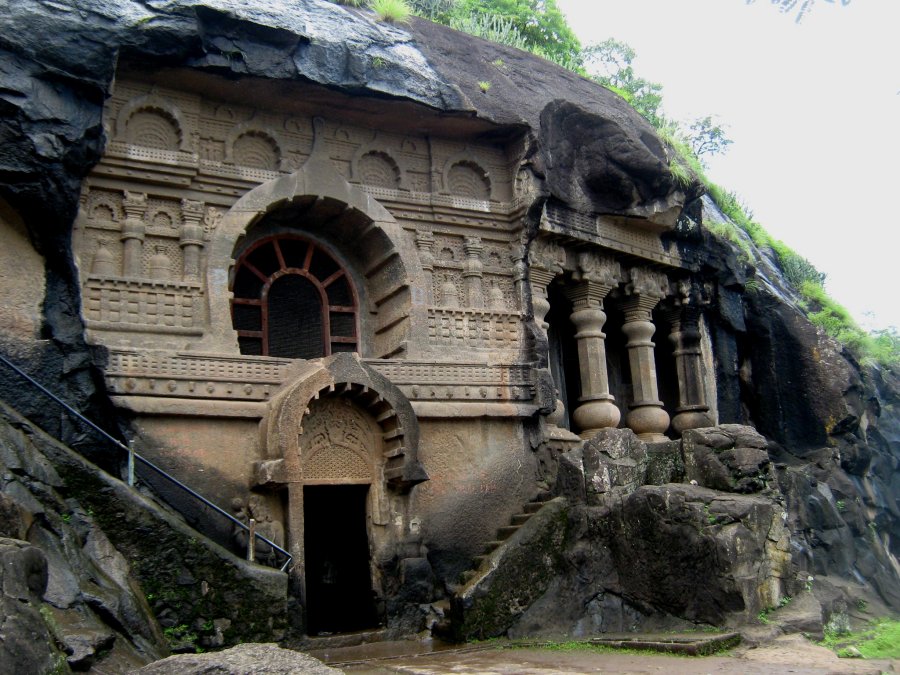
Pandav Leni Caves have beautiful pillared entrances; in total, the caves contain 27 inscriptions in Brahmi script.
The antiquity of Nashik goes back to prehistoric times, and archaeological excavations carried out here on the banks of river Godavari have revealed evidence of habitation from the Chalcolithic age dating back to about 1,400 – 1,300 BC.
There are between 24 and 30 carved caves. Most of them are monasteries (‘Viharas’). Three of them are shrines (‘chaityas’); they were created by ancient Buddhist kings and dedicated to important saints who could live and meditate peacefully in these rocky realms.
Viharas gathered disciples who used to come and listen to words of wisdom from their masters.
The caves have a name related to the legend of Pandavas, the five sons of Pandu, a great warrior, described in a Hindu epic, Mahabharata. Legend has it Panu's sons made these caves while hiding away from their enemies.
However, the caves’ more ancient name is Trirashmi ("triple royal") Caves.
Although these caves are located near one of the holiest Hindu sites and have the name of a Hindu deity, these rock-cut temples initially were started by Jains and later became an important center of Buddhism.
The main cave, also called ‘Chaitya’ (prayer hall), has a beautiful stupa. Moreover, the site has an ancient and very sophisticated water management system accompanied by several skillfully chiseled out of solid rock water tanks; these tanks are still functioning.
Inside the caves, there are amazing huge figures of Buddha and Bodhisattva (‘those who are motivated by great compassion’) and many other awe-inspiring sculptures depicting deities.
Several caves are enormous and have multiple (as many as 16) rooms.
According to historians, the work of carving out these caves began in the 4th century BC and is believed to have been completed in the 12th century. Some of these caves are linked by complex designs of stone-cut ladders, which connect several caves.
The caves have carvings and inscriptions and are facing eastwards. Various inscriptions confirm that Nashik, where the caves are located 3 kings ruler during the period. According to the inscriptions, kings supported the building of the caves, and local landlords and merchants donated huge sums for their development.
Written by – A. Sutherland - AncientPages.com Senior Staff Writer
Copyright © AncientPages.com All rights reserved. This material may not be published, broadcast, rewritten or redistributed in whole or part without the express written permission of AncientPages.com
More From Ancient Pages
-
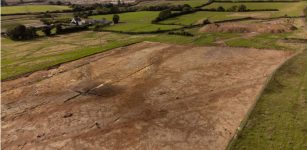 Intriguing Ancient Roman Road Discovered Under The New Town In Devon
Archaeology | Feb 7, 2023
Intriguing Ancient Roman Road Discovered Under The New Town In Devon
Archaeology | Feb 7, 2023 -
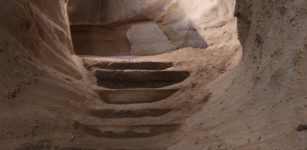 Secret Passageways And Caves Beneath Nottingham Castle
Featured Stories | Dec 6, 2015
Secret Passageways And Caves Beneath Nottingham Castle
Featured Stories | Dec 6, 2015 -
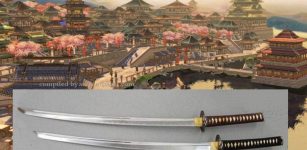 Katana ‘Soul Of The Samurai’ – Most Famous Japanese Sword With Long Tradition
Ancient History Facts | Apr 12, 2018
Katana ‘Soul Of The Samurai’ – Most Famous Japanese Sword With Long Tradition
Ancient History Facts | Apr 12, 2018 -
 Mysterious Mount Kailash: Secrets Of The Man-Made Pyramid And Entrance To The City Of The Gods
Civilizations | Oct 27, 2014
Mysterious Mount Kailash: Secrets Of The Man-Made Pyramid And Entrance To The City Of The Gods
Civilizations | Oct 27, 2014 -
 Did An Ancient Supernova Force Humans To Walk Upright?
Human Beginnings | Oct 24, 2019
Did An Ancient Supernova Force Humans To Walk Upright?
Human Beginnings | Oct 24, 2019 -
 Beautiful Legend Of The Christmas Rose – A Symbol Of Love And Hope
Ancient Symbols | Dec 24, 2018
Beautiful Legend Of The Christmas Rose – A Symbol Of Love And Hope
Ancient Symbols | Dec 24, 2018 -
 Prehistoric Rock Art Discovered Near Kadiri, Andhra Pradesh, India
Archaeology | Dec 5, 2015
Prehistoric Rock Art Discovered Near Kadiri, Andhra Pradesh, India
Archaeology | Dec 5, 2015 -
 Dangerous Anomaly Inside Mysterious European Mountain Remains Unexplained – Examining Evidence – Part 2
Featured Stories | Mar 17, 2021
Dangerous Anomaly Inside Mysterious European Mountain Remains Unexplained – Examining Evidence – Part 2
Featured Stories | Mar 17, 2021 -
 5,000-Year-Old Underground Partly Submerged City Discovered In Turkey’s Cappadocia
Archaeology | Jun 10, 2019
5,000-Year-Old Underground Partly Submerged City Discovered In Turkey’s Cappadocia
Archaeology | Jun 10, 2019 -
 Cardinal Richelieu ‘Red Eminence’ – One Of The Greatest Politicians In French History
Featured Stories | Oct 26, 2018
Cardinal Richelieu ‘Red Eminence’ – One Of The Greatest Politicians In French History
Featured Stories | Oct 26, 2018 -
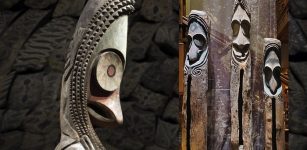 Curious Alien-Looking Slit Gongs Figures From Vanuatu Allowed Villagers To Communicate
Ancient Traditions And Customs | Sep 24, 2018
Curious Alien-Looking Slit Gongs Figures From Vanuatu Allowed Villagers To Communicate
Ancient Traditions And Customs | Sep 24, 2018 -
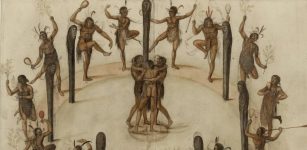 Archaeologists Have A Lot Of Dates Wrong For North American Indigenous History
Archaeology | May 4, 2020
Archaeologists Have A Lot Of Dates Wrong For North American Indigenous History
Archaeology | May 4, 2020 -
 Archaeologist Ludovic Slimak Wants To Rewrite The History Of Early Humans In Europe
Evolution | Jun 10, 2023
Archaeologist Ludovic Slimak Wants To Rewrite The History Of Early Humans In Europe
Evolution | Jun 10, 2023 -
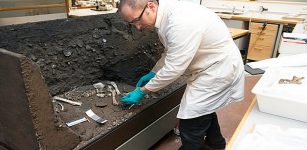 8200-Year-Old ‘Viste Individual’ – DNA Analysis May Shed Light On Early Migration To Norway
Archaeology | Dec 6, 2015
8200-Year-Old ‘Viste Individual’ – DNA Analysis May Shed Light On Early Migration To Norway
Archaeology | Dec 6, 2015 -
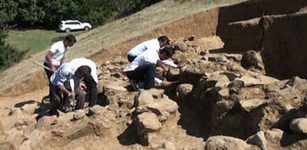 New Findings In Ancient Palidli Necropolis, Agdam Azerbaijan
Civilizations | Sep 24, 2015
New Findings In Ancient Palidli Necropolis, Agdam Azerbaijan
Civilizations | Sep 24, 2015 -
 Mama Quilla – Incan Moon Goddess Of Marriage And Fertility Assisted By High Priestesses Of Qoricancha
Featured Stories | Jun 15, 2020
Mama Quilla – Incan Moon Goddess Of Marriage And Fertility Assisted By High Priestesses Of Qoricancha
Featured Stories | Jun 15, 2020 -
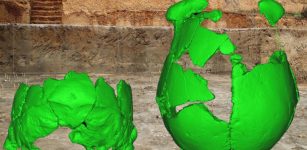 Partial Skull Fossils Found In China Could Be A New Species -‘A Kind Of Unknown Or New Archaic Human’, Researcher Says
Archaeology | Mar 6, 2017
Partial Skull Fossils Found In China Could Be A New Species -‘A Kind Of Unknown Or New Archaic Human’, Researcher Says
Archaeology | Mar 6, 2017 -
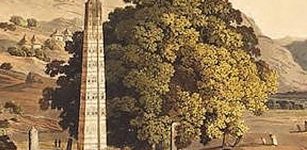 Ancient African Empires’ Impact On Migration Revealed By Genetics
Archaeology | Mar 31, 2023
Ancient African Empires’ Impact On Migration Revealed By Genetics
Archaeology | Mar 31, 2023 -
 New Egyptian Dinosaur Helps To Reconstruct Evolution Of Dinosaurs In Africa
Archaeology | Jan 30, 2018
New Egyptian Dinosaur Helps To Reconstruct Evolution Of Dinosaurs In Africa
Archaeology | Jan 30, 2018 -
 Silphium – Remarkable Ancient Herb That Mysteriously Vanished
Ancient Traditions And Customs | Jul 10, 2021
Silphium – Remarkable Ancient Herb That Mysteriously Vanished
Ancient Traditions And Customs | Jul 10, 2021

